Secrets of the Illuminati Eye of Providence
In the quiet corridors of conspiracy theory, a mysterious emblem known as the Eye of Providence has long captivated the imagination.
Found on the reverse side of the US dollar bill and the Great Seal of the United States, the eye-in-a-triangle symbol has sparked whispers of connections between the Illuminati and the upper echelons of American government and Hollywood royalty including Beyonce and Rihanna.

The Eye of Providence & the Freemasons
The Eye of Providence can be found gracing the facades of numerous churches and Masonic edifices worldwide, its roots intertwined with Freemasonry and secret societies. It can also be seen in blockbuster movies including National Treasure (2004) where the group presses an eye engraved into the wall to enter a hidden room.
The history of the Illuminati's Eye of Providence
Beneath the veil of intrigue and Hollywood plot twists lies a deeper history, one that stretches back to the earliest annals of human spirituality. It is a tale not just of conspiracy, but of the evolution of a symbol that transcends borders and time.
As the whispers go, the origins of the all-knowing eye are far older than the pages of Illuminati conspiracies. In fact, it once held a different meaning altogether, rooted in the realm of Christianity. During the Renaissance, this eye was a symbol of divinity, an eye-in-triangle representing God, often portrayed in religious art like Pontormo's Supper at Emmaus (1525). The eye symbolizes God watching over humankind.
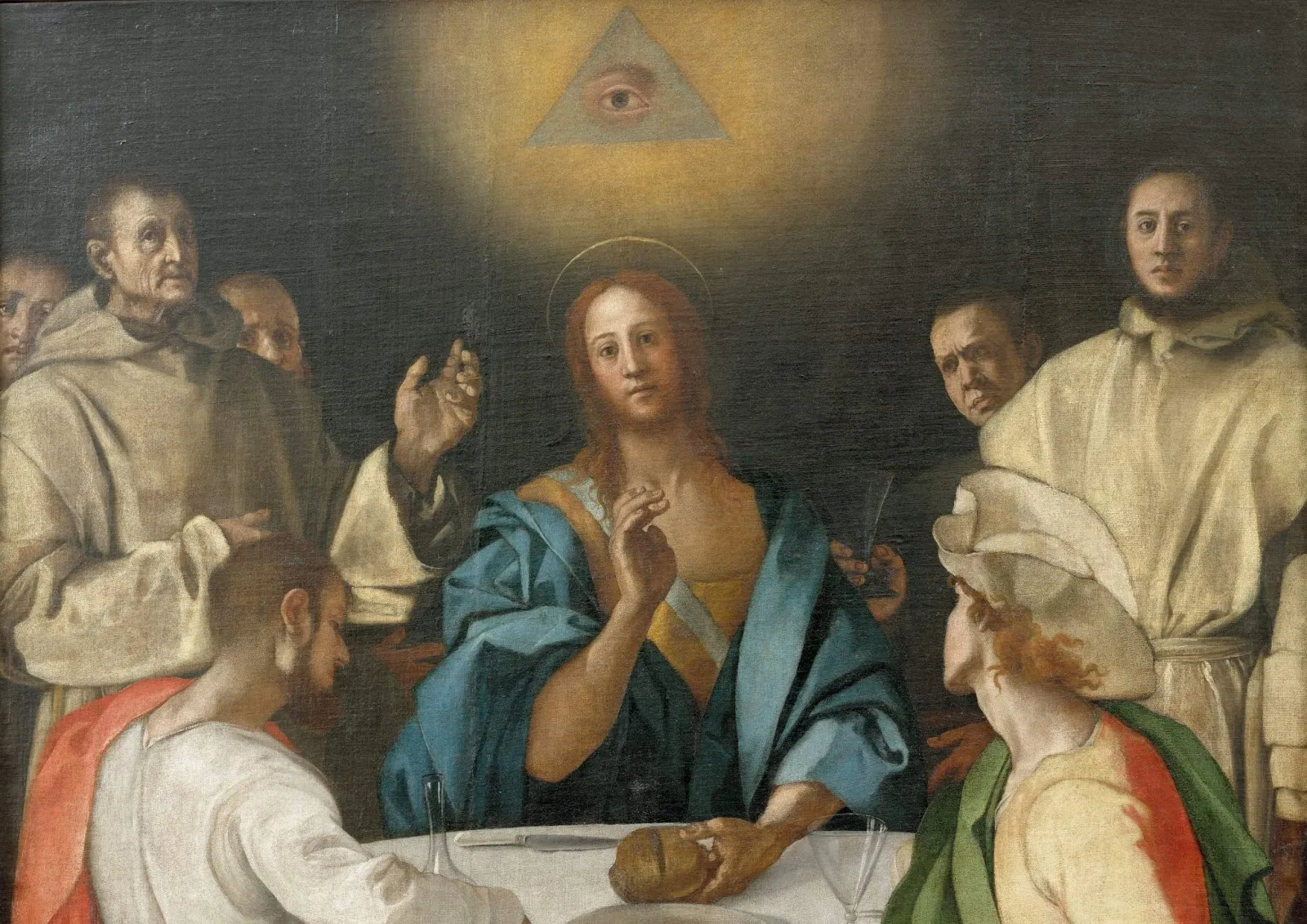
The Eye of Providence & the Sumerians
The passage of time has woven a tale of intricate interconnections around the eye's narrative. In the third millennium BCE, the Sumerians harnessed the visual might of an enlarged eye, employing it to communicate the sacred essence enshrined within specific sculptures.
These artful creations became vessels of ceaseless vigilance, and the Sumerians even orchestrated ceremonies symbolically unveiling the eyes of the statue, breathing life into their carved forms.
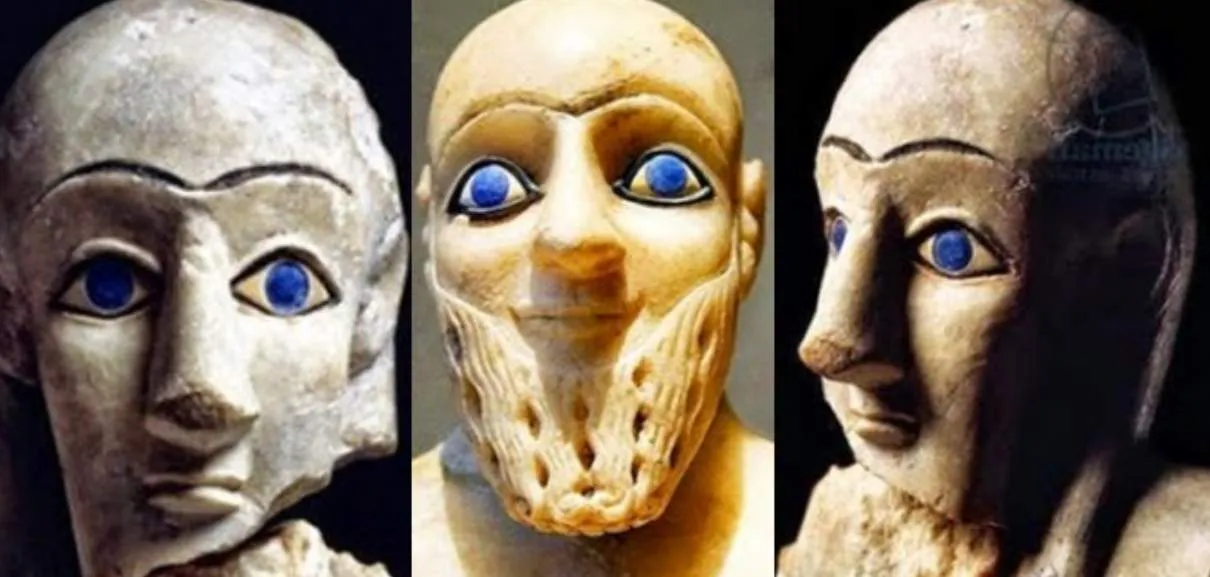
Eye of Horus
The ancient Egyptians gave the eye its iconic form, the Eye of Horus. This hybrid symbol, part human and part falcon, bore the dark markings of a falcon's brow and cheek. According to Egyptian myth, the god-King Horus, often depicted with a falcon's head, lost and later healed his eyes in a battle with his uncle.
The Eye of Horus became a protective amulet, a pocket-sized guardian carried for personal defense. The symbol was believed to have protective magical power and appeared frequently in ancient Egyptian art.
The Egyptian motif found its way to Europe during the Renaissance, a time when scholars and artists were enamored with Egyptian scripts, although they were often misunderstood. The eye's translation from ancient hieroglyphics to European iconography led to its role as an enigmatic symbol, veiled in mystique and inviting interpretations from its beholders.

The Declaration
This enigma continued to shape the eye's path through history, culminating in the late 18th century. France, post-revolution, saw the Eye of Providence adorning Jean-Jacques-François Le Barbier's 1789 The Declaration of the Rights of Man and of the Citizen, symbolizing paternalistic vigilance over the newly born egalitarian nation.

"The brand new social experience where you activate your gaming skills as you train like a spy."
- TimeOut
Take on thrilling, high-energy espionage challenges across different game zones.

Bentham's Panopticon prison: the ever-watchful eye
Across the channel in Britain, Jeremy Bentham's proposed Panopticon prison design featured the Eye of Providence at its heart, a watchful sentinel representing unyielding justice.
Bentham’s panopticon consists of a central tower - an Inspection House - surrounded by cells (not unlike Marvel’s Guardians of the Galaxy). The cells cannot see into the watchtower, so prisoners couldn’t be certain they were being observed, but assumed they were being surveyed. Bentham expected the all-seeing eyes would give the inspector added power and ensure prisoners would modify their behavior and work hard.
The Great Seal of the United States
Across the Atlantic, the unfinished pyramid and Eye of Providence also found a home on the Great Seal of the United States, emblematic of the nation's strength and divine oversight.
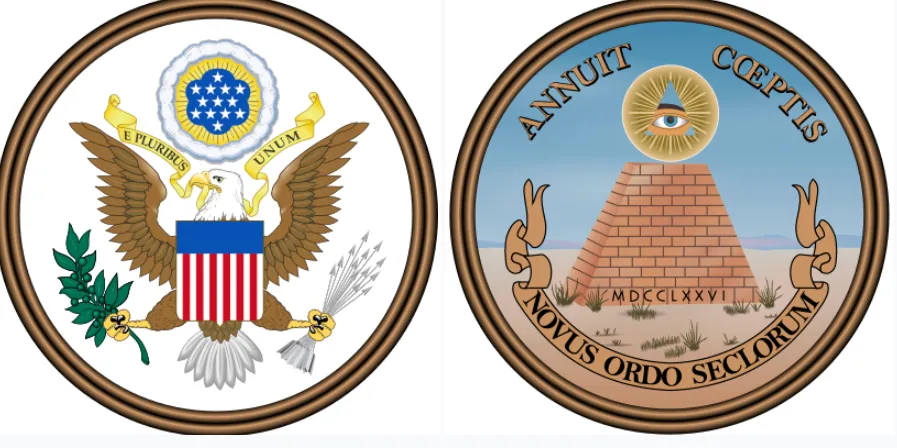
The Illuminati
But what of the Illuminati? The shadowy group’s early history dates back to Germany and 1776 when Bavarian professor of canon law Adam Weishaupt started the radical Illuminati secret society. Anti-clerical and anti-royal, the Illuminati aimed to infiltrate and upset powerful institutions and created a plan for the global subversion of church, state, royalty, and society.
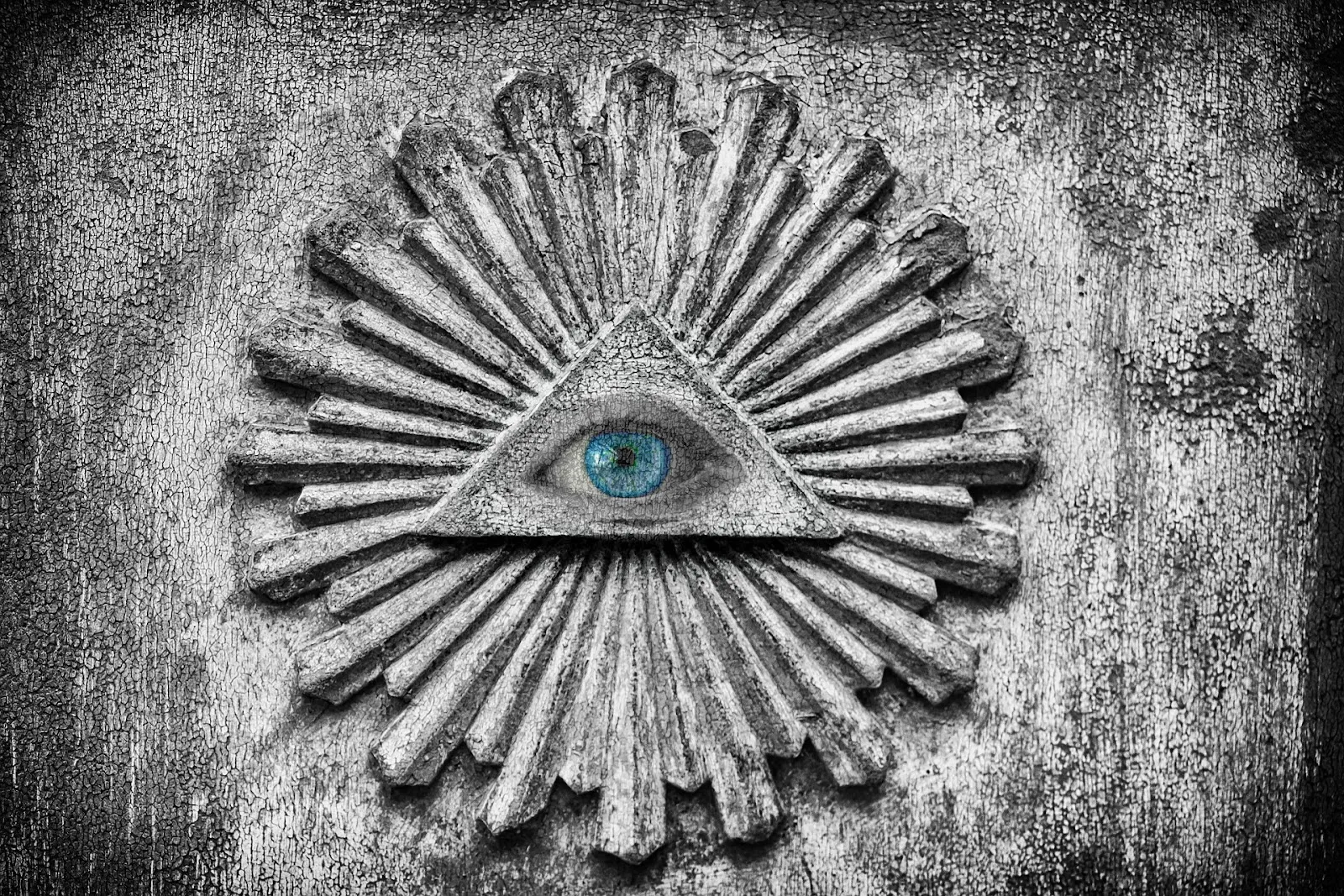
Secret societies
The Illuminati - which means Enlightened - found inspiration in the tenets of Freemasonry, where the Eye of Providence had sporadically appeared as a symbol of the Supreme Architect (God). Yet, the widespread use of this symbol by the Masons emerged later, only in the late 18th century, long after other mainstream figures had incorporated it into their designs.
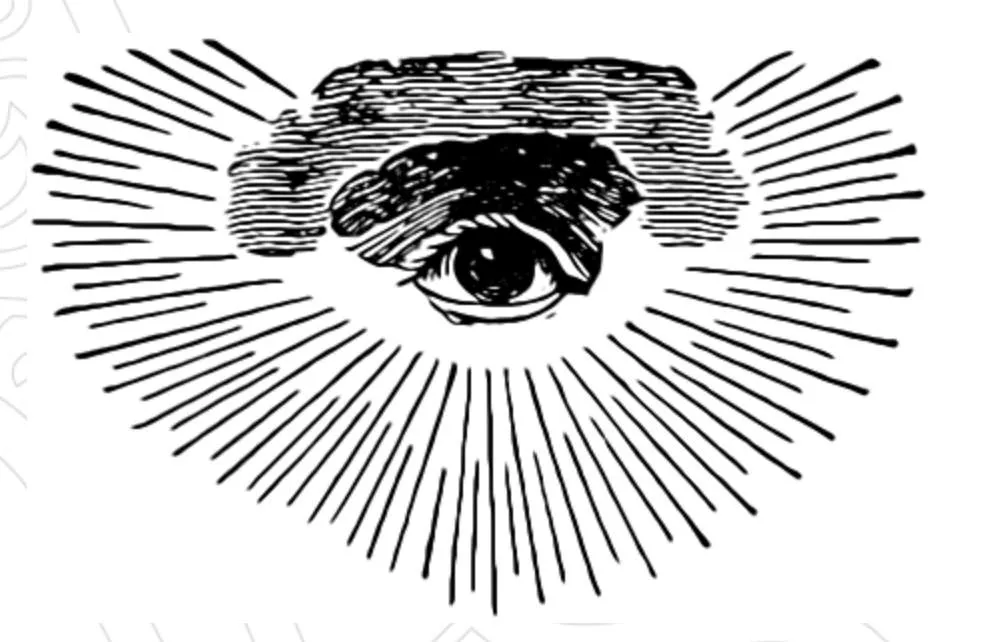
The Illuminati in Hollywood
As time marched forward, the eye's mystique endured, evolving into a hallmark of cultural icons. From Madonna to Jay-Z, the Eye of Providence became a recurring motif in modern pop culture. Rhianna, who often flashes the Illuminati sign during performances, also used a fake headline in her S&M video proclaiming her as Princess of the Illuminati.

The celebrity appearances don’t necessarily denote allegiance to the Illuminati. Instead, they are manifestations of the enduring brilliance of a symbol whose meaning has been shaped by time, society, and the minds that have contemplated it.
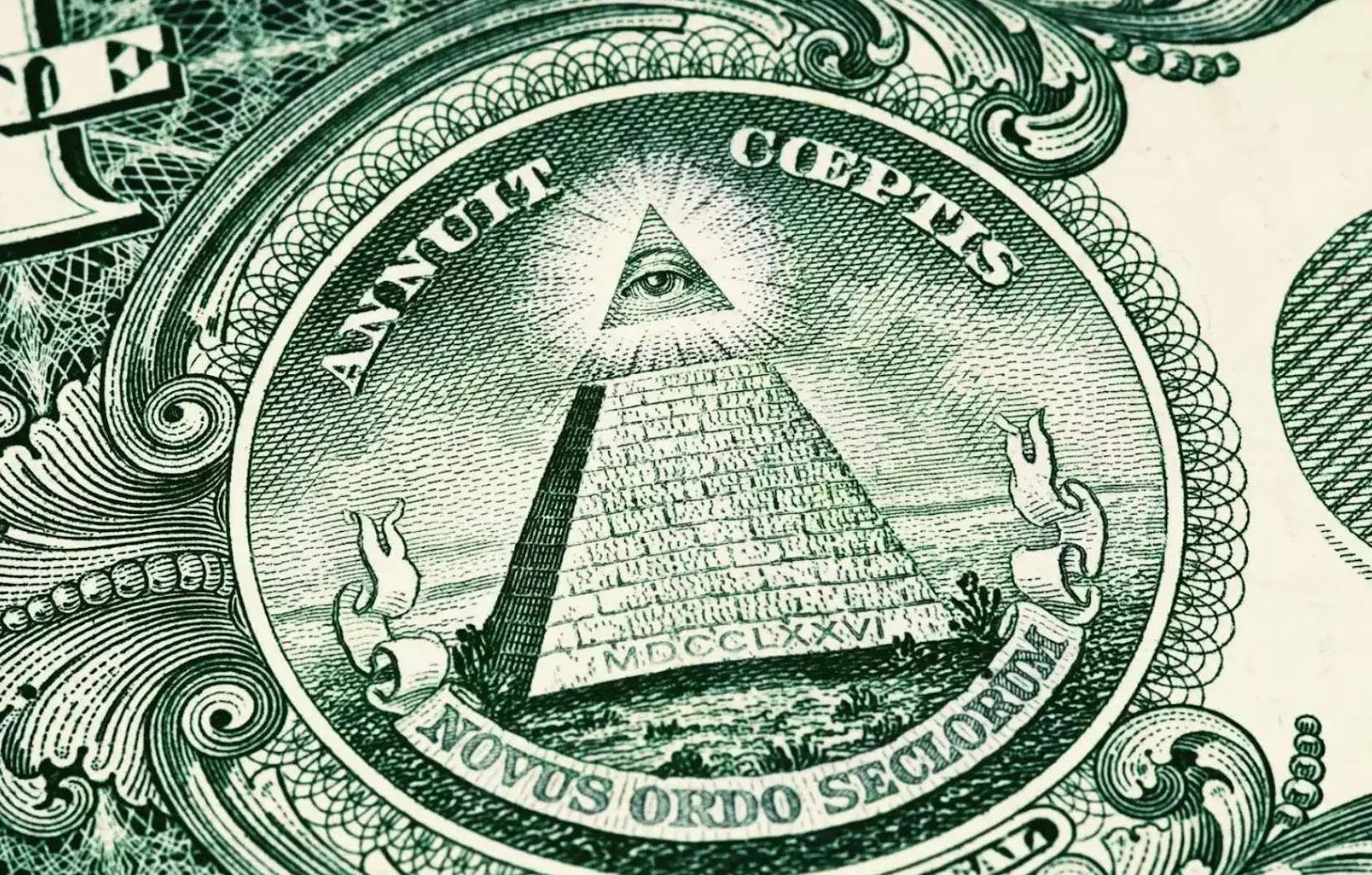
The Eye of Providence
The Eye of Providence, also nestled on the US dollar bill and gazed upon by generations, tells a story far more intricate than mere conspiracy. It speaks of an age-old quest for meaning, a journey that spans continents and epochs, connecting the spiritual yearnings of ancient civilizations to the enigmatic allure of modern iconography. The pyramid and eye reportedly didn’t show up on the dollar bill until 1935 when Franklin D. Roosevelt (who happened to be a Freemason) added them.
In its unblinking gaze, it reminds us that symbols hold power, not only to shape the world around us but also to reflect the ever-evolving currents of human thought.
SPYSCAPE+

Join now to get True Spies episodes early and ad-free every week, plus subscriber-only Debriefs and Q&As to bring you closer to your favorite spies and stories from the show. You’ll also get our exclusive series The Razumov Files and The Great James Bond Car Robbery!


Gadgets & Gifts
Explore a world of secrets together. Navigate through interactive exhibits and missions to discover your spy roles.
Your Spy Skills
We all have valuable spy skills - your mission is to discover yours. See if you have what it takes to be a secret agent, with our authentic spy skills evaluation* developed by a former Head of Training at British Intelligence. It's FREE so share & compare with friends now!
* Find more information about the scientific methods behind the evaluation here.


Stay Connected
Follow us for the latest
TIKTOK
INSTAGRAM
X
FACEBOOK
YOUTUBE